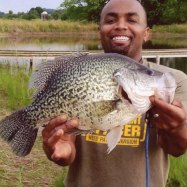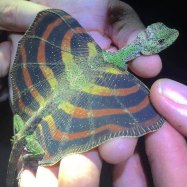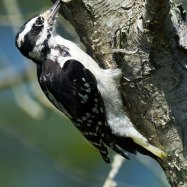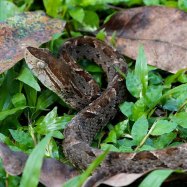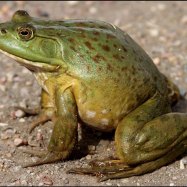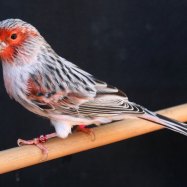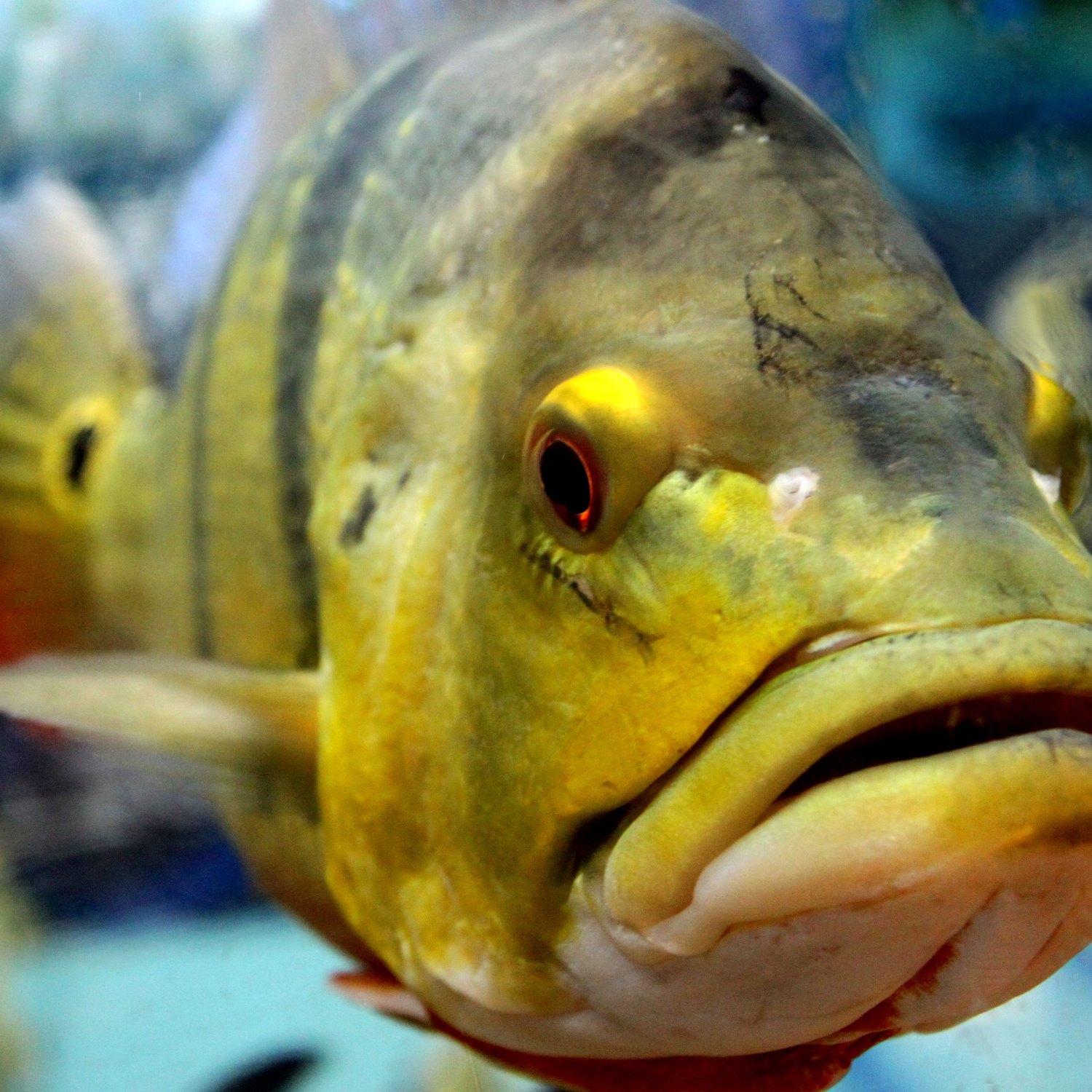
Bass
Up to 2 feet
Bass are freshwater fish that belong to the Centrarchidae family known for their streamlined and elongated body shape. They can grow up to 2 feet long and are commonly found in lakes, rivers, and ponds. These popular game fish are a favorite among anglers due to their aggressive nature and delicious taste. So next time you're out fishing in freshwater, keep an eye out for the elusive bass!
Animal Details Summary:
Common Name: Bass
Kingdom: Animalia
Habitat: Freshwater
The Mighty Bass: An Iconic Freshwater Fish
If you are an avid angler or simply enjoy fishing as a recreational activity, chances are you have heard of bass. These fierce and elusive creatures have been a favorite among fishermen for decades. Their ability to put up a strong fight and their delicious flavor make them a highly sought-after catch. But there is much more to this fish than just being a prized catch Bass. In this article, we will dive deep into the world of bass and explore its biology, habitat, behavior, and much more.The Basics: Scientific Classification
Scientifically known as Micropterus salmoides, bass belongs to the kingdom Animalia, making it a member of the animal kingdom. It is a member of the phylum Chordata, the same phylum that humans and other vertebrates belong to. Bass belongs to the class Actinopterygii, which includes over 30,000 species of fish, making it the largest class of vertebrates. In the order Perciformes, bass is one of the most popular species, along with perch and walleye. Within the order, bass is classified as a member of the family Centrarchidae, also known as the sunfish family. This is a diverse family of freshwater fish that includes over 40 species.Where Can You Find Bass?
Bass are most commonly found in freshwater bodies of water, primarily in North America. They can be found in almost every state in the United States, making them a popular fish for sport fishing Bonefish. However, they are not limited to just North America. Over time, they have been introduced to other parts of the world, such as Japan, where they have become a popular game fish.Within North America, bass are found in various bodies of water, including lakes, rivers, and ponds. They prefer areas with slow-moving or still water, such as the backwaters of rivers and quiet tributaries. They are also known to inhabit areas with aquatic vegetation, as it provides them with cover and a ready food source.
The Anatomy and Appearance of Bass
Bass are typically known for their elongated and streamlined body shape, which allows them to move efficiently through the water. They have a pointed head and sharp, spiny fins, which they use for protection and propulsion. They also have a lateral line, a visible line running along their body that helps them detect vibrations and changes in water pressure.One of the most striking features of bass is their coloration. They have an olive-green to dark-green color on their dorsal (upper) side, with lighter green or yellow shades on their sides. Their belly is usually pale yellow or white, giving them a unique and recognizable appearance. The color of bass can also vary depending on their age, habitat, and diet.
Diet and Feeding Habits
Bass are carnivorous fish, meaning they feed on other animals. They have a varied diet, which includes small fish, insects, crustaceans, and even small rodents. They are known to be opportunistic feeders, meaning they will eat whatever prey is available at that time.One interesting behavior of bass when it comes to feeding is how they wait for their prey to come within their striking range. They are ambush predators, meaning they will hide and wait for their prey to come close before darting out and capturing them with their powerful jaws. This behavior is what makes them such a formidable catch for fishermen, as they can put up quite a fight when hooked.
The Life Cycle of Bass
Like most fish, bass reproduce by laying eggs. They typically spawn during the spring and early summer months when water temperatures start to rise. During this time, female bass will lay thousands of eggs, which are then fertilized by the males. The males then guard the eggs until they hatch, which takes about a week.Their life cycle continues as they grow and mature. Bass can grow up to 2 feet in length, with females typically being larger than males. As they grow, their coloration and behavior may change, depending on their environment. Typically, bass can live up to 10 years, but with the right conditions, they have been known to live up to 16 years.
Conservation Efforts for Bass
Bass is a highly sought-after fish for sport fishing and is also a popular food source. However, overfishing and habitat destruction have led to a decline in their population. To ensure their survival, various conservation efforts have been put in place, including catch-and-release fishing and the creation of artificial habitats. Organizations and clubs, such as Bass Anglers Sportsman Society (BASS), have also been established to promote responsible fishing and the conservation of bass.The Role of Bass in the Ecosystem
As natural predators, bass play an essential role in balancing the populations of their prey. They also help maintain the health and diversity of aquatic habitats by controlling the numbers of their food sources. Additionally, dead bass and their remains provide nutrients for other creatures in their ecosystem, making them an important part of the natural food chain.The Relationship Between Humans and Bass
Bass has a long history of being a prized catch for fishermen. In fact, it is one of the most popular game fish in North America. Not only do they offer an exciting challenge to fishermen, but they also provide a delicious meal. However, their popularity has led to overfishing, which has had a negative impact on their population. This is why it is important for fishermen to practice proper catch-and-release techniques and support conservation efforts to ensure the continued survival of bass for generations to come.In Conclusion
From their unique appearance to their predatory behavior, bass is truly a fascinating species of fish. They have become an integral part of many freshwater ecosystems, and their popularity among fishermen and naturalists only continues to grow. With proper conservation efforts and responsible fishing practices, we can ensure the preservation of this iconic freshwater fish for years to come.

Bass
Animal Details Bass - Scientific Name: Micropterus salmoides
- Category: Animals B
- Scientific Name: Micropterus salmoides
- Common Name: Bass
- Kingdom: Animalia
- Phylum: Chordata
- Class: Actinopterygii
- Order: Perciformes
- Family: Centrarchidae
- Habitat: Freshwater
- Feeding Method: Carnivorous
- Geographical Distribution: North America
- Country of Origin: United States
- Location: Lakes, rivers, ponds
- Animal Coloration: Olive green to dark green on the dorsal side, lighter green or yellow on the sides, and pale yellow or white on the belly
- Body Shape: Streamlined and elongated
- Length: Up to 2 feet
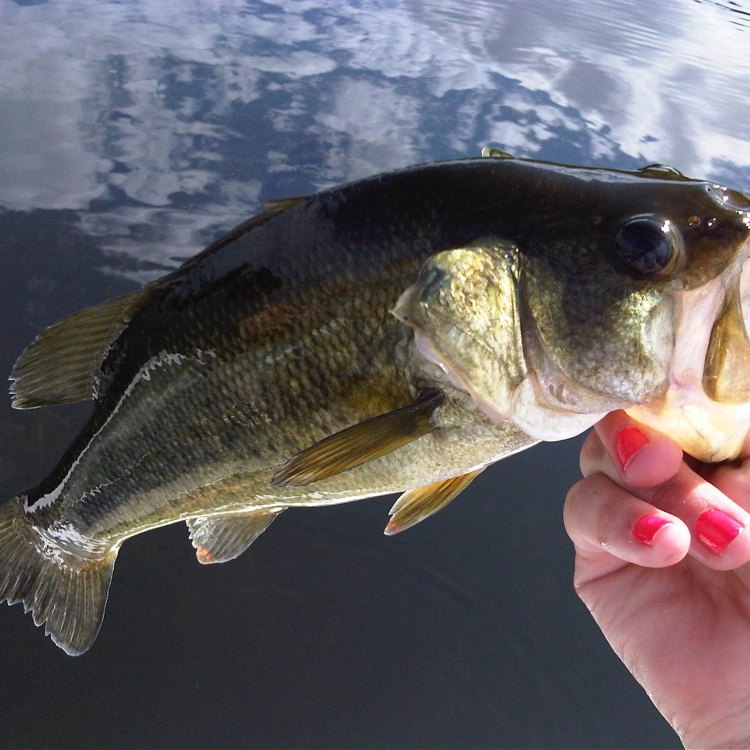
Bass
- Adult Size: Up to 22 inches
- Average Lifespan: 10 to 16 years
- Reproduction: Sexual
- Reproductive Behavior: Nests are built by the male in shallow water and females lay eggs in the nests
- Sound or Call: Produces low frequency pulses during spawning
- Migration Pattern: Some populations migrate seasonally
- Social Groups: Solitary or in small groups
- Behavior: Aggressive and territorial especially during breeding season
- Threats: Habitat loss, pollution, overfishing
- Conservation Status: Least Concern
- Impact on Ecosystem: Important predator in freshwater ecosystems
- Human Use: Popular sport fish, used for food and recreational fishing
- Distinctive Features: Prominent jaw, large mouth, spiny dorsal fin
- Interesting Facts: Bass are known for their powerful predatory behavior and are highly sought after by anglers.
- Predator: Juvenile bass are preyed upon by larger fish and birds
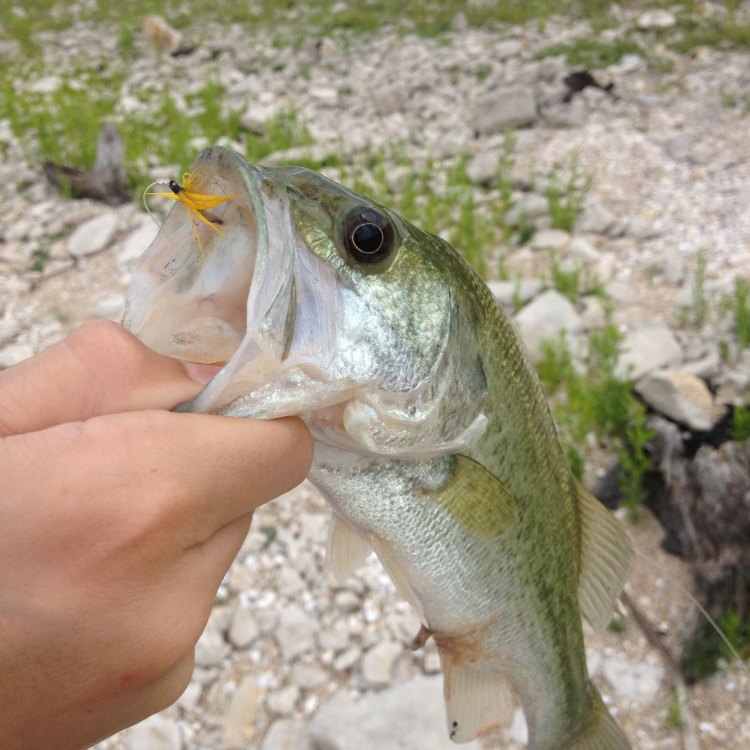
Micropterus salmoides
The Mighty Bass: A Powerful Predator in Freshwater Ecosystems
When it comes to freshwater fish, one species stands out for its impressive size and strength - the bass. Known for their aggressive, predatory behavior, bass have captured the attention of anglers and fish enthusiasts alike. But beyond their popularity as a sport fish, bass play a crucial role in the ecosystem and face significant threats to their survival.Bass, also known as the largemouth bass, is a species of fish belonging to the sunfish family PeaceOfAnimals.Com. They are found in rivers, lakes, and ponds throughout North America, from Canada to Mexico. With an average adult size of up to 22 inches, bass are considered one of the largest freshwater game fish.
But size is not the only impressive feature of bass. These fish have an average lifespan of 10 to 16 years, making them long-lived for a freshwater fish species. However, their reproductive behavior is what truly sets them apart. Bass reproduce sexually, with males building nests in shallow water and females laying eggs in those nests. This reproductive behavior is crucial in maintaining healthy populations of bass in their habitats.
One unique aspect of bass behavior is their production of low-frequency pulses during spawning season. These pulses are believed to be a form of communication between males and females during the mating process Bongo. Bass are also known to exhibit aggressive and territorial behavior, particularly during the breeding season, where they fiercely guard their nests and young.
But bass are not just powerful predators; they also face significant threats to their survival. Habitat loss due to urban and agricultural development, pollution, and overfishing are some of the major threats faced by bass populations. As a result, their conservation status is currently listed as "Least Concern" by the International Union for Conservation of Nature (IUCN). However, continued efforts are needed to ensure their long-term survival.
One significant contribution of bass to freshwater ecosystems is their role as an important predator. They feed on a variety of fish, insects, and other small aquatic animals, making them a crucial part of the food chain. In this way, they help to maintain a balanced and healthy ecosystem. Without bass, there could be an overpopulation of smaller fish or an imbalance in the food web, which could have negative impacts on the entire ecosystem.
It should come as no surprise that humans have long been fascinated by bass. They are a popular sport fish, targeted by anglers for their size and strength, providing an exciting fishing experience. Bass are also consumed as a food source and are a common feature on many restaurant menus. However, recreational fishing and overfishing have led to declines in bass populations, highlighting the need for sustainable practices to ensure their continued existence.
Beyond their important ecological and economic roles, bass are also intriguing creatures with distinctive features. They have a prominent jaw, a large mouth, and a spiny dorsal fin, making them easily recognizable. Bass also have a unique color pattern, with dark olive-green on the back and sides, and a white belly.
There are some interesting facts about bass that may surprise you. Did you know that they are primarily active during the day and rest at night? They also have a strong sense of hearing and a lateral line that helps them detect vibrations and movements in the water, making them efficient hunters. In addition, bass are known for their ability to move quickly through the water, using their powerful tail fins to propel themselves at great speeds.
While bass may be formidable predators, they are not without their own natural predators. Juvenile bass are often preyed upon by larger fish and birds, making their early life stages crucial for survival. As they grow and mature, their fast reflexes and powerful strikes make them less vulnerable to predation.
In conclusion, bass are an essential species in freshwater ecosystems, playing critical roles as predators, food sources, and economic resources. However, their survival is challenged by human activities and other threats, making conservation efforts crucial. By understanding and appreciating the unique features and behaviors of bass, we can work towards protecting and preserving this remarkable fish for future generations to enjoy.
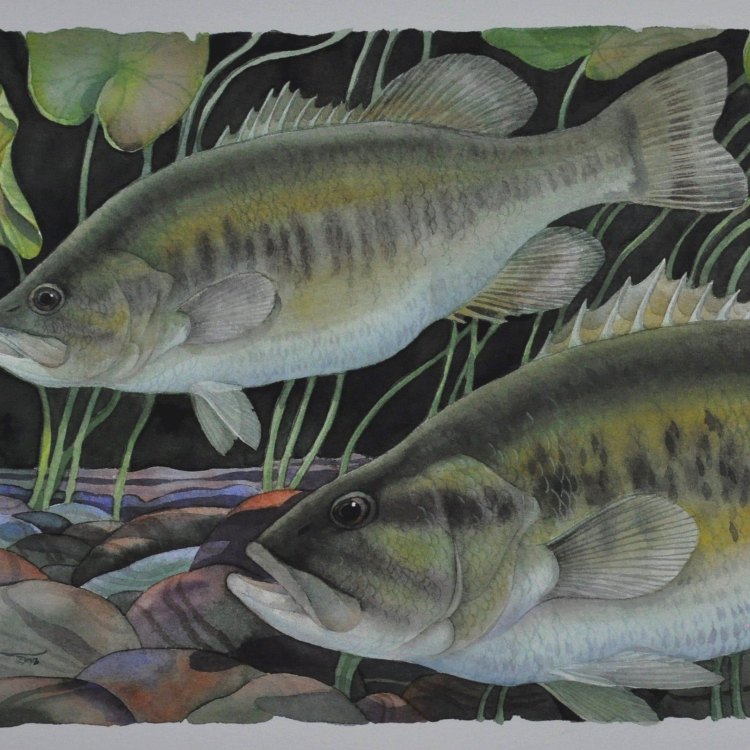
The Mighty Bass: An Iconic Freshwater Fish
Disclaimer: The content provided is for informational purposes only. We cannot guarantee the accuracy of the information on this page 100%. All information provided here may change without prior notice.

